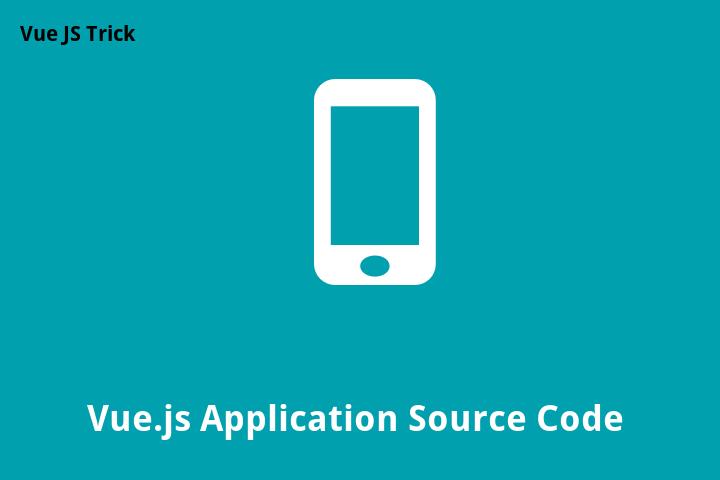Vue.js Application Source Code
Introduction to Vue.js
Vue.js is a progressive framework for building user interfaces. It is designed to be incrementally adoptable, so you can use as much or as little of it as you want. Vue.js is also very flexible and can be used for building both small and large-scale applications.
Getting Started with Vue.js
To get started with Vue.js, you can include it in your project via a CDN or by downloading the files locally. Once you have included Vue.js, you can start using its features in your application. One of the main features of Vue.js is its reactive data binding, which allows you to bind data to your HTML elements and update them automatically when the data changes.
Example Code
<div id="app">
<p>{{ message }}</p>
</div>
<script>
var app = new Vue({
el: '#app',
data: {
message: 'Hello Vue.js!'
}
})
</script>Vue.js Components
Vue.js components are self-contained modules that can be included in your application. They are like custom HTML elements that have their own isolated scope and can be reused throughout the application. Components are a great way to break up a large application into smaller, more manageable pieces.
Example Code
<!-- Component Template -->
<template id="my-component">
<div>
<h3>{{ title }}</h3>
<p>{{ content }}</p>
</div>
</template>
<!-- Component Definition -->
Vue.component('my-component', {
template: '#my-component',
data: function() {
return {
title: 'My Component Title',
content: 'This is the content of my component.'
}
}
});
<!-- Component Usage -->
<div id="app">
<my-component></my-component>
</div>Vue.js Directives
Vue.js also includes a set of directives that allow you to manipulate the DOM, handle events, and do conditional rendering. Directives are prefixed with the “v-” character in your HTML code.
Example Code
<!-- Conditional Rendering -->
<div id="app">
<p v-if="showMessage">{{ message }}</p>
<button v-on:click="toggleMessage">Toggle Message</button>
</div>
<script>
var app = new Vue({
el: '#app',
data: {
showMessage: true,
message: 'Hello Vue.js!'
},
methods: {
toggleMessage: function() {
this.showMessage = !this.showMessage;
}
}
})
</script>Conclusion
Vue.js is a powerful and flexible framework for building user interfaces. Its reactive data binding, components, and directives make it easy to create complex applications with minimal code. Whether you are building a simple web page or a large-scale application, Vue.js has something to offer.
Frequently Asked Questions
1. What is Vue.js?
Vue.js is a progressive framework for building user interfaces.
2. What are Vue.js components?
Vue.js components are self-contained modules that can be included in your application. They are like custom HTML elements that have their own isolated scope and can be reused throughout the application.
3. What are Vue.js directives?
Vue.js directives allow you to manipulate the DOM, handle events, and do conditional rendering within your HTML code.
4. Is Vue.js easy to learn?
Yes, Vue.js is easy to learn and has a gentle learning curve for beginners.
5. Can Vue.js be used for large-scale applications?
Yes, Vue.js can be used for both small and large-scale applications.

